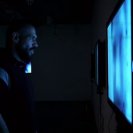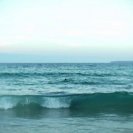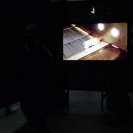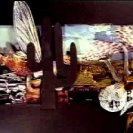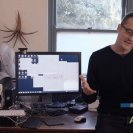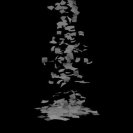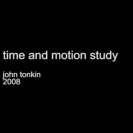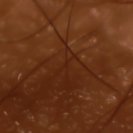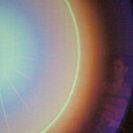John Tonkin studied science at the University of Adelaide from 1981 to 1983. After working with photography, experimental film and animation, he began to make computer animations in 1985. During this time he began to utilise the potential of computers to make artworks, Tonkin began to develop his own software in programming languages such as C++ and Java.
His animations include the series Air, Water Parts 1, 2 & 3 (1993-95), a series of lyrical and poetic studies of the elements air and water, and These are the Days (1994) a meditation on the passing of time. These works used mathematical modelling to create abstracted simulations of natural systems.
In 1995 Tonkin began making interactive art works that were designed to be exhibited both as installations and online. Meniscus (1995-99) is a series of three works that explore ideas relating to subjectivity, scientific belief systems and the body. It consists of Elective Physiognomies, Elastic Masculinities and Personal Eugenics.
His recent works involve building frameworks in which the artwork is formed through the accumulated interactions of its users.
In 1999 Tonkin received a fellowship from the Australia Council's New Media Fund.
